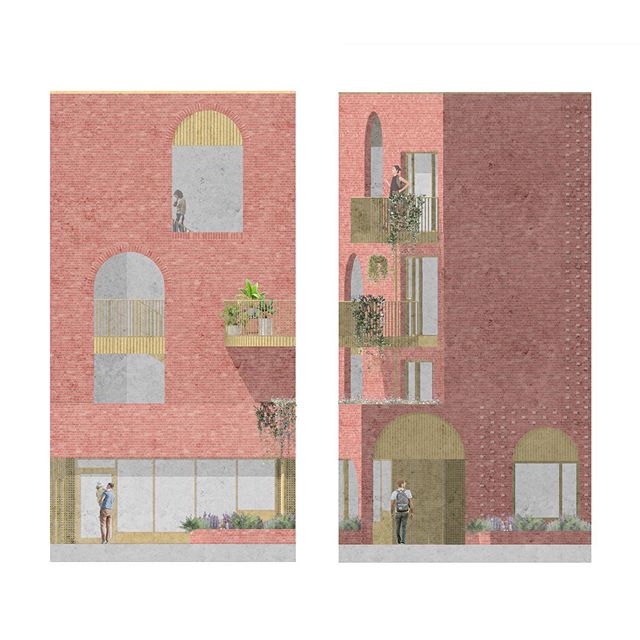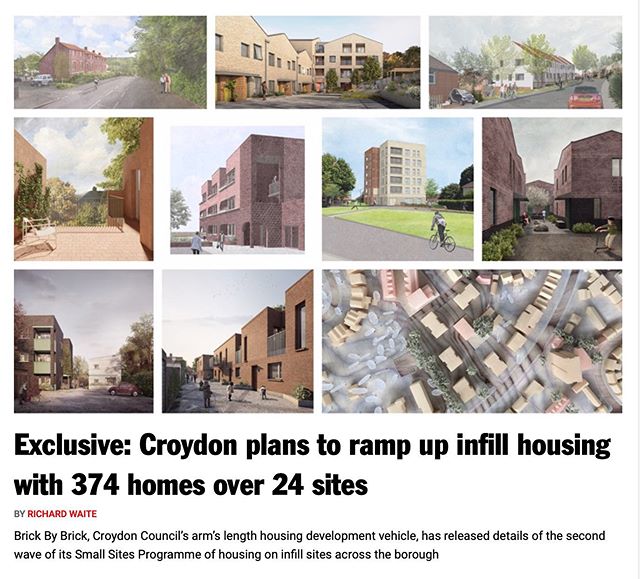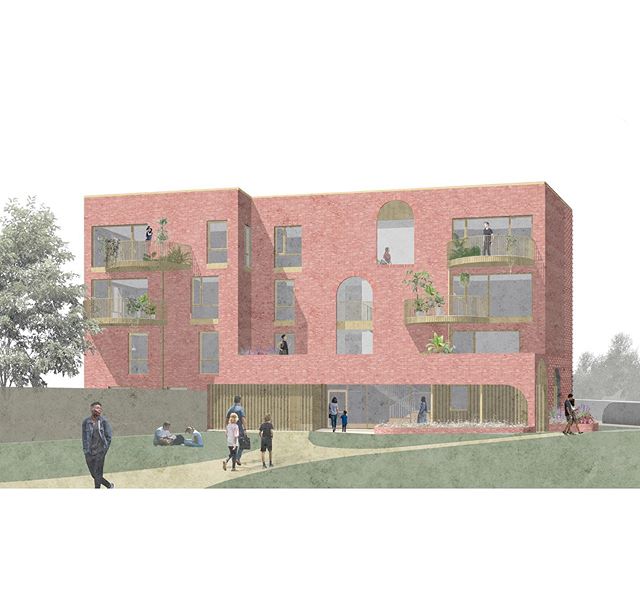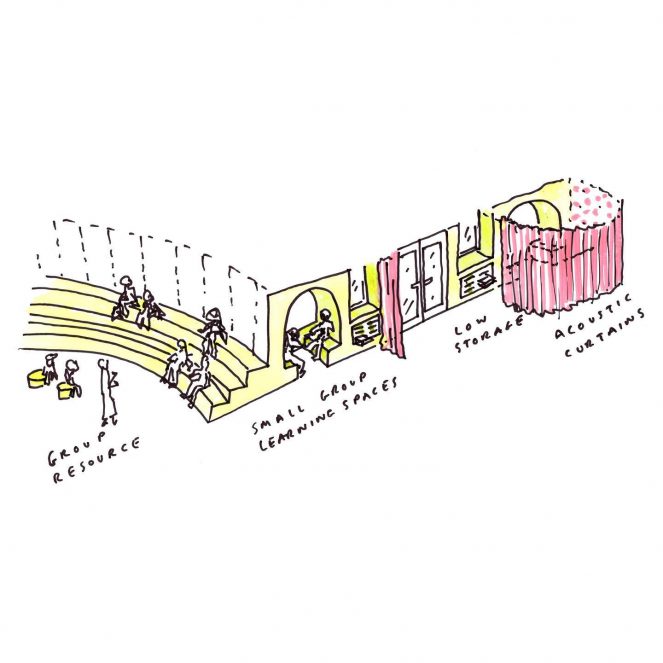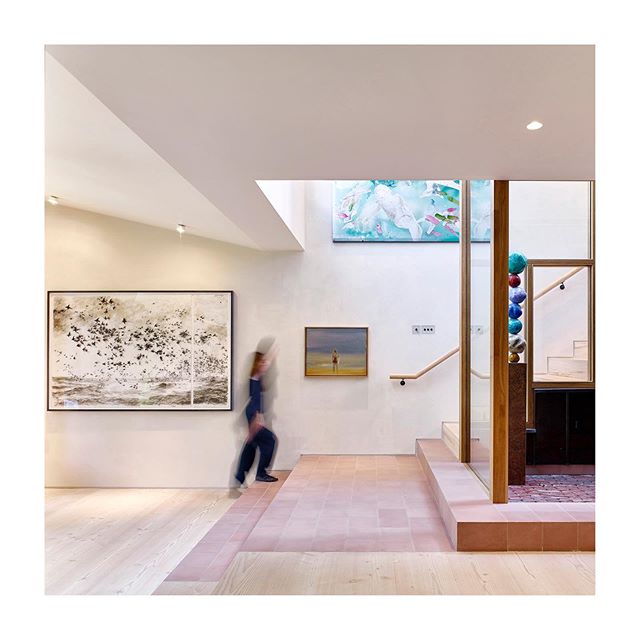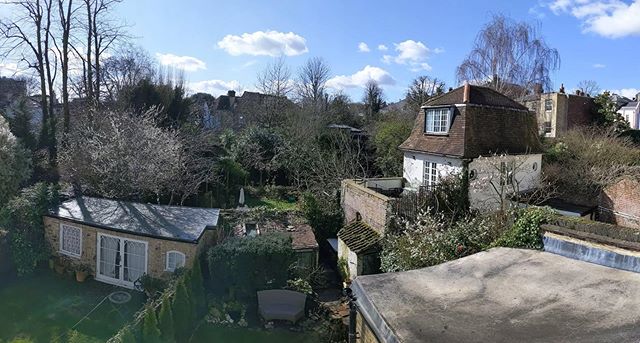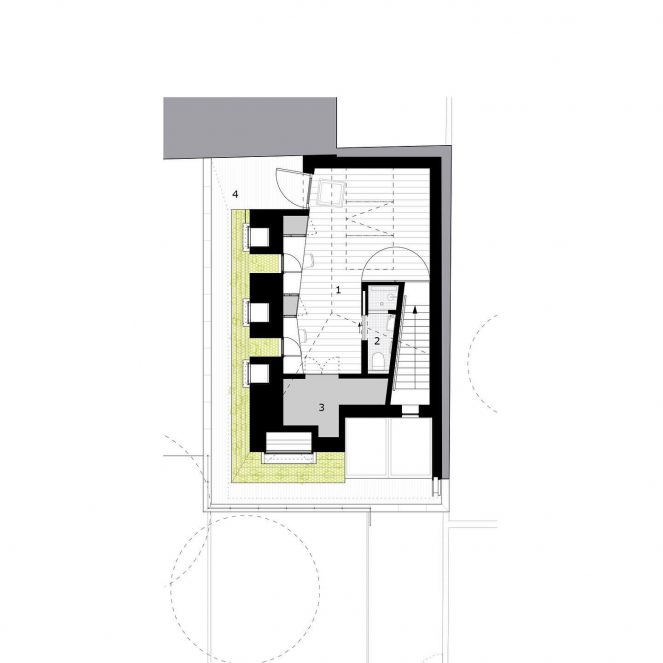Publication: The Association for Learning Environments is publishing a booklet on the ‘Westminster Design Day’ workshop that Director Jonathan Nicholls did last March. The sketches were a collaboration with educators (former teachers) and specialist designers (Ecophon, OECD designers, and furniture) for a ‘future focussed’ learning environment – for a primary school.
The key principles of the spaces that we identified were;
1. Enabling Environments; spaces that allow a collaborative approach to teaching.
2. Supportive Spaces; a variety of spaces that can be used flexibly to support different learning practices.
3. Enjoyable Spaces; spaces that pupils and staff enjoy being in.
4. Learning Landscapes; external environments that appeal to all pupils and provide a positive backdrop for learning.
We considered how different activities and teaching practices could be flexibly applied across the spaces. We looked at furniture layouts, following the OECD principles of; presentation, group, individual and team teaching. This method of testing the plans provoked group discussion on how a typical cellular classroom space no longer needs to exist in a primary school and how year bases can teach across a range of varied spaces, rather than having formal set areas for fixed whole class sizes.
The space we workshopped, provides a variety of types of space of differing sizes; the formal room to accommodate groups of pupils at tables, the large 60 pupil group at an amphitheatre-style seat, the practical space with a sink, multiple break-out spaces with good connections to the outside that can accommodate different numbers of learners on bean-bags or sofas and intimate spaces where 1:1 focused learning with a teacher can take place, well acoustically separated from the other spaces. This ‘future learning environment’ convincingly achieves our manifestos aims and fits within the BB103 floor areas that were defined in the design brief.
#schooldesign #learningenvironments #londonarchitecture #workshop #designworkshop #hayhurstandco

